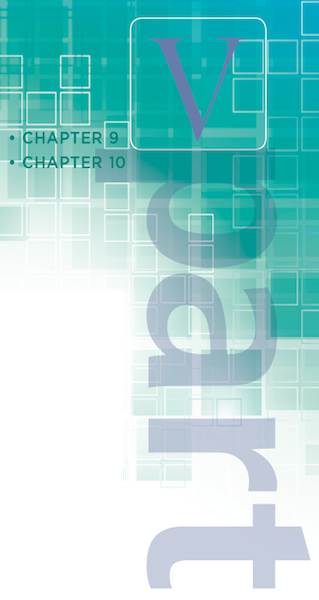Adolescence
324

|

|
325
One observer said adolescence is like “starting turbo-
-Kathleen Berger
It used to be easier to parent a teenager. A century ago, puberty didn’t begin until age 15 or so. Soon after that, most girls married and most boys found work. It is said that adolescence begins with biology and ends with society. If so, then a hundred years ago adolescence lasted a few months. Currently, it lasts a decade or more, and for our purposes we define adolescence as lasting from about age 11 to age 18. Indeed, the period that was once considered late adolescence (from age 18 to adulthood) is now considered a separate period, called emerging adulthood in this book and others.
Understanding adolescence is more than an abstract challenge: Those turbo-